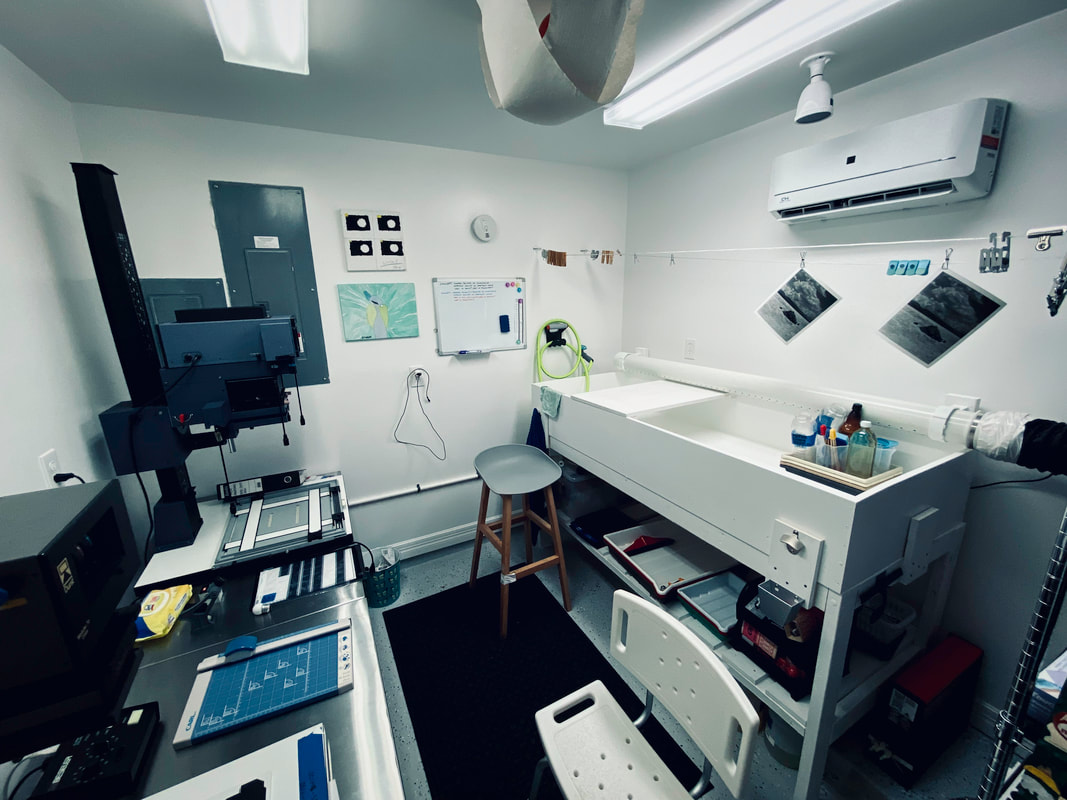"No place is boring if you've had a good night's sleep and a pocket full of film." - Robert Adams
"Tea first, then photography..." - Philip Lee Harvey
From an Article written by Philip Lee Harvey

 RSS Feed
RSS Feed
